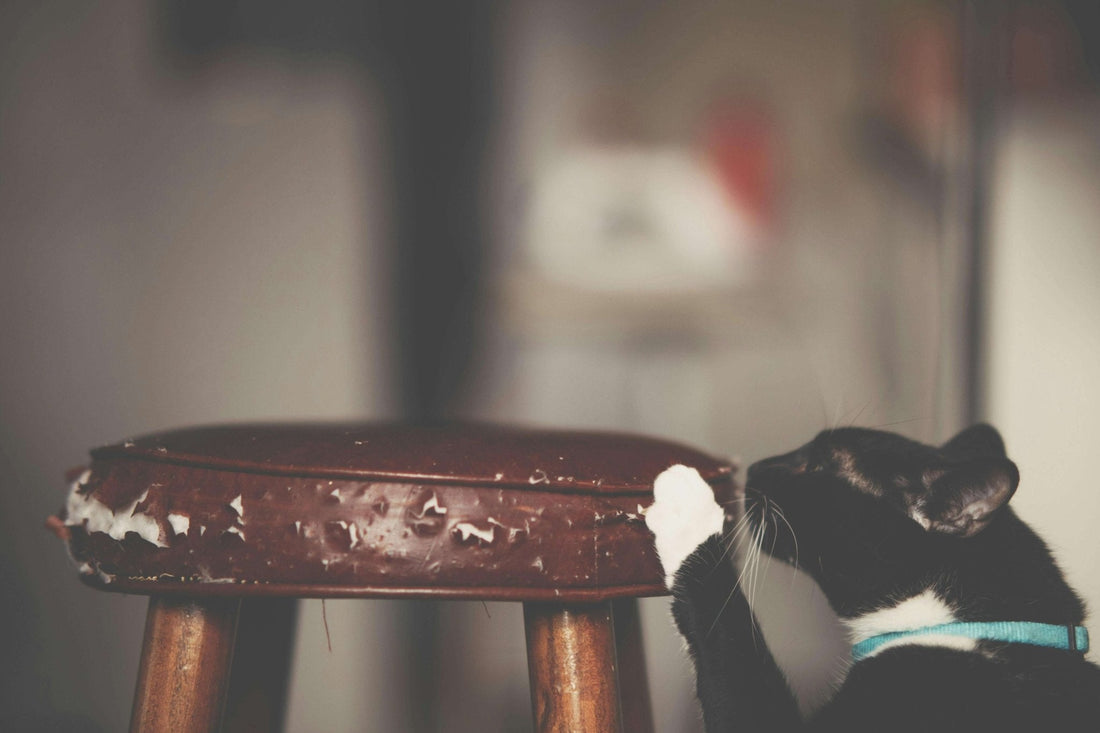
Why Does My Cat Scratch The Wall? 5 Likely Reasons And How To Stop It
Share
If you’ve ever caught your cat scratching at the walls, you’re not alone. This frustrating behavior can leave unsightly marks and even damage your paint or wallpaper. But why do cats do this, and how can you redirect their scratching instincts? Here are five possible reasons why your cat scratches the wall and some effective solutions:
1. Want To Tell Something
Cat wants to tell you something. According to feline behavior experts, when cats stretch and scratch walls, they’re demonstrating their superior hunting skills—especially if they do it right in front of you. Since humans are always 'hunting' (by going out), cats want to ease our burden. That’s why they eagerly show off their claws when we return home, and this is like what your kitty is saying, 'Look, I’m a great hunter too! Take me next time you go outside!
2. Natural Instinct to Sharpen Claws
Cats scratch to remove the dead outer layer of their claws, keeping them sharp and healthy. Unfortunately, your walls might seem like the perfect scratching post. At the same time, when they scratch, they leave both a visual mark and a scent mark from the glands in their paws. This behavior is natural and instinctual.
3. Cat Feels Bored
A bored cat may scratch walls simply because they have nothing better to do. Lack of playtime or environmental enrichment can lead to destructive habits. They need mental and physical stimulation to stay content.
4. Stress or Anxiety
Changes in routine, new pets, or loud noises can stress your cat, leading to excessive scratching as a coping mechanism. This behavior can be a coping mechanism to release built-up tension.
5. There's Something in the Walls!
This is one many cat owners overlook! If your cat obsessively scratches one particular spot, trust their superior hearing. Rodents or insects in your walls trigger their hunting instincts.
Stopping wall scratching involves providing alternatives and making the walls less appealing. Here are three helpful tips:
- Sisal Scratching Mat: Provide alternatives like a sisal mat. Sisal is durable and has textured surfaces that satisfy a cat’s need to scratch. You can place them near the walls they frequently target.
- Sticky Cat Scratch Protector: Apply a pad with the Velcro on the back to areas where your cat frequently scratches while encouraging them to use designated scratching posts instead.
- Soldaypet Scratcher Pad: If you have a void cat, you can choose a black cat scratcher that matches your interior design while providing a functional space for your cat to scratch.
